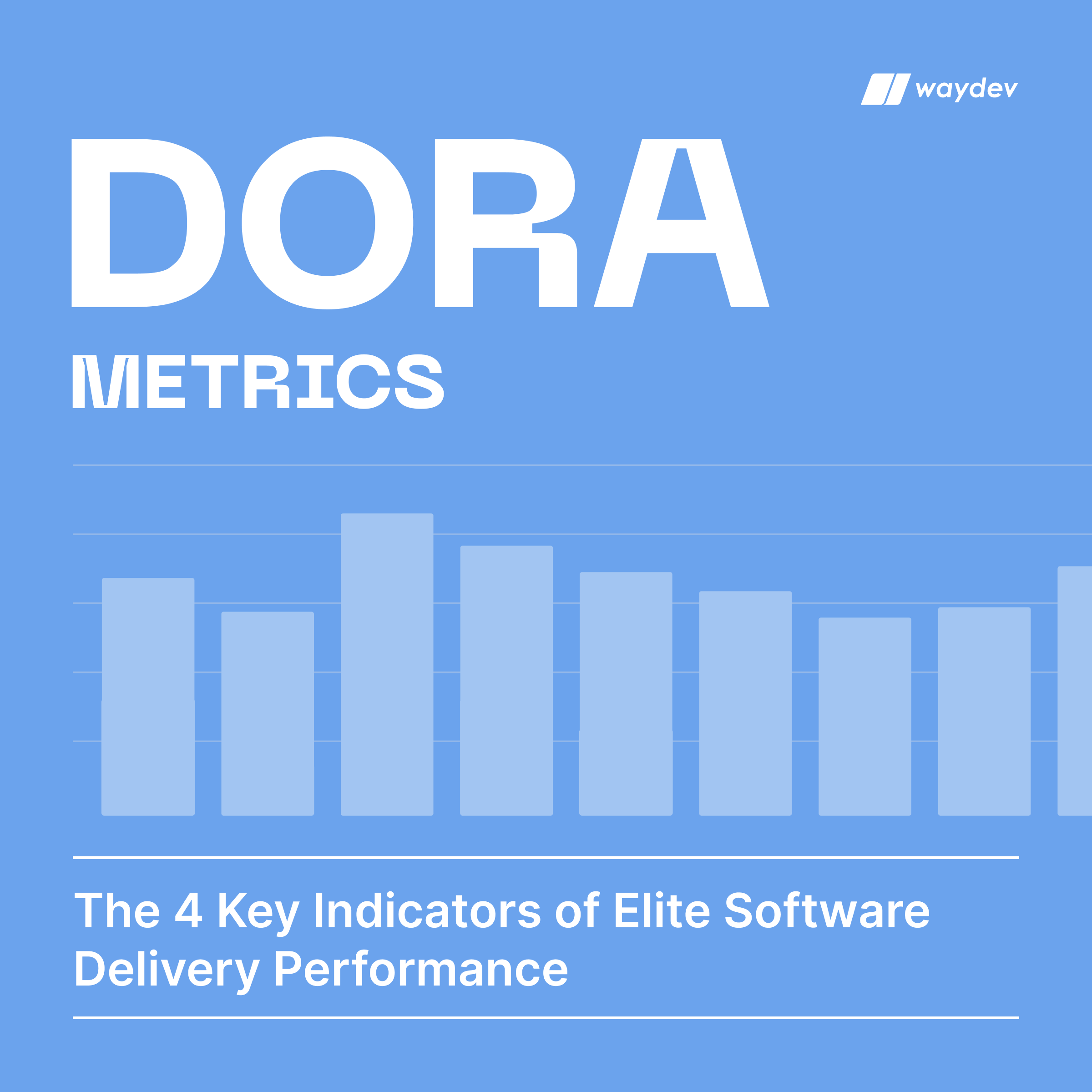The DORA research program, active for nearly a decade, investigates technical capabilities in high-performing technology-driven organizations. With input from over 36,000 professionals, this research is platform-agnostic and statistically rigorous.
DORA’s core objective is to unravel the intricate relationship between an organization’s operational capabilities and tangible outcomes. These outcomes are not mere benchmarks but critical achievements that significantly impact the organization and its stakeholders.
Their goal is to provide technical leaders and practitioners with insights to drive improvements in three key technical outcomes: Organizational Performance, Team Performance and Employee Well-being. Additionally, they examine two technical performance measures: Software Delivery Performance and Operational Performance.
Key findings of This Year’s Report
We highlight key findings and recommendations from the research:
- Establish a Healthy Culture: Culture plays a foundational role in building technical capabilities and achieving organizational goals. Teams with generative cultures experience 30% higher organizational performance.
- Build with Users in Mind: A user-centric approach drives improvements in technical, process, and cultural capabilities. Teams that prioritize the user experience achieve 40% higher organizational performance.
- Unlock Software Delivery Performance with Faster Code Reviews: Accelerating code review processes significantly improves software delivery performance. Teams with faster code reviews exhibit 50% higher software delivery performance.
- Amplify Technical Capabilities with Quality Documentation: High-quality documentation enhances the impact of technical capabilities on organizational performance. Proper documentation, such as in trunk-based development, yields 12.8x more impact on organizational performance compared to low-quality documentation.
- Increase Infrastructure Flexibility with Cloud: Cloud computing offers flexible infrastructure options, with public cloud usage leading to a 22% increase in flexibility. Flexible infrastructures drive 30% higher organizational performance, emphasizing the importance of leveraging cloud capabilities effectively.
- Balance Delivery Speed, Operational Performance, and User Focus: Achieving optimal organizational performance requires a balance between software delivery and operational performance while maintaining a strong user focus. This approach not only enhances organizational results but also contributes to improved employee well-being.
- Distribute Work Fairly: Individuals from underrepresented groups and women may experience higher burnout levels due to multiple systematic and environmental factors. Those taking on more repetitive tasks, often associated with underrepresented groups, are at a higher risk of burnout. Respondents from underrepresented groups experience 24% more burnout and engage in 29% more repetitive work. Women or individuals self-describing their gender engage in 40% more repetitive work compared to men.
These insights emphasize the critical role of culture, user-centricity, technical practices, and fair work distribution in achieving high organizational performance while ensuring employee well-being.











